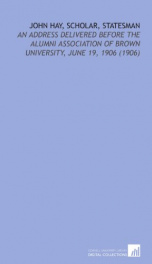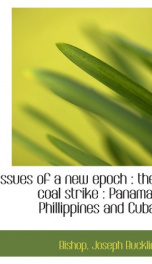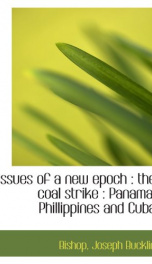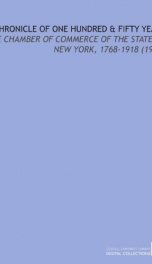the panama gateway
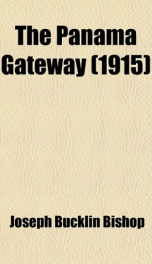
Purchase of this book includes free trial access to www.million-books.com where you can read more than a million books for free. This is an OCR edition with typos. Excerpt from book: CHAPTER III FIRST TRANSIT ROUTES ACROSS THE ISTHMUS EARLY PROJECTS FOR A WATERWAY THREE CENTURIES OF SPANISH RULE AND OBSTRUCTION The first transit route across the isthmus for the transportation of gold, silver, and merchandise from the various Spanish colonies on the Pacific to Spain ran from the city of Panama to Nombre de Dios, on the shores of the Caribbean, a distance of about fifty miles. It was cut through the forest and jungle and over mountain tops and across mountain streams, and was roughly paved with stones. It ran from Panama in a northeasterly direction for about twenty miles to a point on the Chagres River, which was given the name of Venta Cruz, changed later to Cruces. Thence it extended northward for about thirty miles to Nombre de Dios. A line of posts was established along the route. It was put in use in 1519, and was the sole route between the two oceans till about 1535, when the Chagres River between Venta Cruz and the Atlantic, a distance of about thirty-six miles, was made navigable for boats of light draught, and a water route was established between Venta Cruz and Nombre de Dios. The land route between these points was not abandoned, however, but continued to be used in connection with the water route. So well was the paving laid that parts of it remain in position to-day, and the entire trail from Panama City to Cruces is open and is used by the natives as a highway for pack-mules and ponies. In 1597 Puerto Bello was substituted for Nombre de Dios as the Atlantic terminus. This town, which was situated about twenty miles northeast of the present city of Colon, and nearer to that city than Nombre de Dios by about fifteen miles, was in a bay which had been visited and given that name by Columbus in 1502. It was taken and sacked by Morgan in 1668...
Info about the book
Author:
Series:
Unknown
ISBN:
0671244094
Rating:
4.5/5 (3)Your rating:
0/5
Languge:
English
Users who have this book
Users who want this book
What readers are saying
What do you think? Write your own comment on this book!
write a commentif you like the panama gateway try:
Do you want to read a book that interests you? It’s EASY!
Create an account and send a request for reading to other users on the Webpage of the book!


